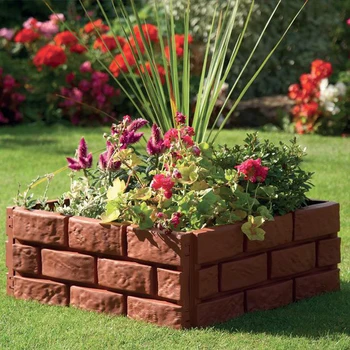Where Is My Septic Tank Located?
[et_pb_section fb_built="1" _builder_version="4.16" global_colors_info="{}"][et_pb_row _builder_version="4.16" background_size="initial" background_position="top_left" background_repeat="repeat" custom_margin="-66px|auto||auto||" global_colors_info="{}"][et_pb_column type="4_4" _builder_version="4.16" custom_padding="|||" global_colors_info="{}" custom_padding__hover="|||"][et_pb_text _builder_version="4.16" background_size="initial" background_position="top_left" background_repeat="repeat" global_colors_info="{}"]
If you are on septic, and have asked the question, "Where is my septic tank located?", we are here to help! There is no magical formula for where a septic tank is located on a piece of property, for each property is different. However, there are some ways to locate a tank based on property records, as well as some visual clues that we will talk about, which can help you locate your septic tank.
How To Locate My Septic Tank Through Records
1. Property Records
The county should keep a copy of the property's septic tank installation permit records on file, depending on the year your system was installed. This file should have a map or diagram of the property which would help you locate the septic tank.
2. Ask the Prior Property Owner
The prior property owner should know where the septic tank is because more than likely they had to have it pumped while they lived there. If you cannot contact the prior property owner, do not worry, there are many other ways to locate your septic tank.
3. Call Local Septic Companies
There is a good possibility a local septic company installed your septic system, and may have record of the location on file. If they did not install it, they may have pumped it. It is worth the phone call.
How To Locate My Septic Tank Myself
1. Look For Clues
Typically septic systems are installed deep enough where they cannot be seen above ground; however, there are some visual clues you can look for.
- Septic systems are usually installed 10 to 20 feet from they building
- They are typically downhill from the home, if this is possible. It helps eliminate waste more easily.
- Do you see any bald spots in your yard? Or any spots with luscious green grass? Any pooling of water? Either of these scenarios could indicate your septic tank being just below. It would also indicate your tank needs to be pumped as well. Read here to learn more signs that your tank needs pumping.
- If you have a well or or any body of water on your property (stream, river, etc.), the tank would not be near any of these features.
2. Follow The Pipes
Every septic system is installed along a sewer line that extends from your home into the yard. If you go into the basement or crawl space of your home, you should find a 4 inch sewer pipe. This pipe will lead you all the way to your septic system. There are two ways to follow this pipe to your tank. The first way is to locate the pipe in the basement or crawl space, then go outside to locate the corresponding pipe. You can follow this pipe by using a soil probe (a thin metal probe) and sticking it into the ground about every 2 feet until you hit something made of concrete or fiberglass. When this happens, you have located your tank!
Another way to locate the tank using the sewer pipe is by going through the pipe itself. You could use a drain snake and push it through the pipe, and make sure to make note of any turns or bends you may feel along the way. Once you feel the snake stop, it has most likely reached the septic tank. Do not force the snake any further because you don't want to damage the inlet. You can now pull the snake back and see how far it was extended into the pipe, which would give you the approximate distance your tank would be from the house.
Now What?
Now you no longer have to ask, "Where is my septic tank located?". Now that you know where your septic tank is located, you want to make sure you mark it. Some people put a piece of yard decor that is heavy enough that the wind won't blow it over, or children won't pick it up and try to play with it. You could use a potted plant or a decorative rock or gnome.
Knowing where your septic tank is located not only allows you to locate it easily when it needs maintenance, but it enables you to take better care of your septic tank as well. Read here on some key ways to protect your septic tank.
We hope this has been helpful and that you are able to use this information to help locate your septic tank! If you live in the Northeast Georgia area, we would love to be a part of helping you maintain your septic system. Our experts are not only friendly, but very knowledgeable and professional! Give us a call today or email us today for a free consult.
[/et_pb_text][/et_pb_column][/et_pb_row][/et_pb_section]


